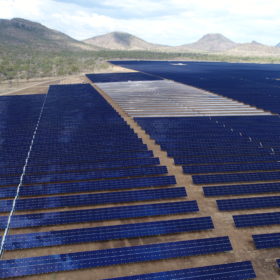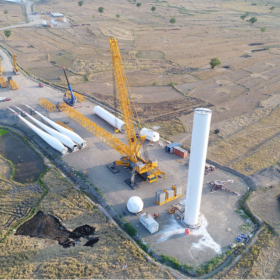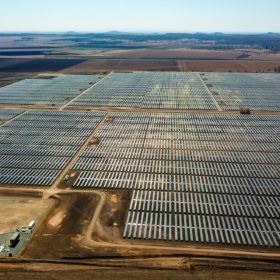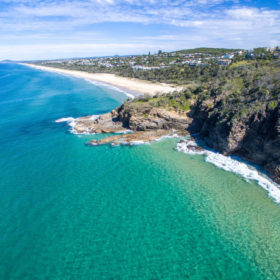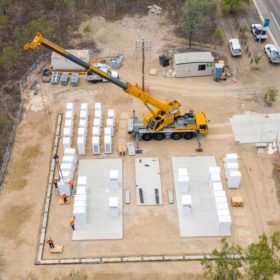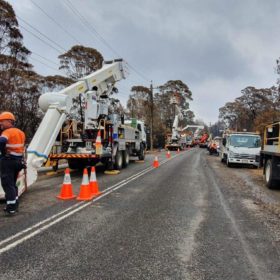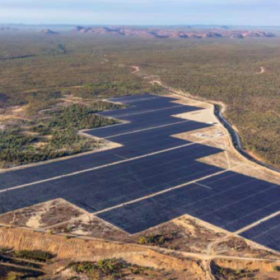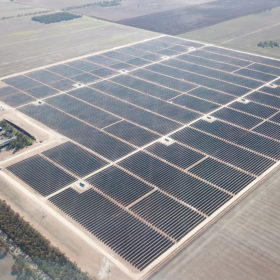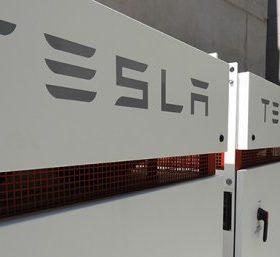Queensland requests $1 billion in renewable energy funding
In a letter addressed to Prime Minister Scott Morrison, Queensland Deputy Premier Jackie Trad has called for more renewable investment and Federal government backing to help create and support more jobs in more industries, but gas is not out of the picture.
New giant battery creates base for more renewables in Queensland
Singapore-based developer Vena Energy has announced that it will soon begin construction of Queensland’s largest grid-scale battery near Wandoan in the Western Downs. The 100 MW/150 MWh project will be delivered under a 15-year power purchase agreement with Australia’s biggest power producer, AGL.
Yarranlea Solar Farm connects to the grid
Queensland’s Darling Downs region is set for its second large-scale solar project to gain grid connection in a matter of months as Risen Energy’s 100 MW Yarranlea Solar Farm connects to the grid for its staging procedures.
Noosa set to host major national climate and energy summit
In recent decades Noosa has gone from hip-replacements to hip and trendy, and nowhere does it have its finger more on the pulse than its ambitious climate and energy goals. Said ambitions will now see Noosa host the Transforming Australia 2020 Summit run by the Cities Power Partnership.
Timely Tesla delivery charges Queensland’s community-scale battery toward fruition
Queensland’s first community-scale battery is nearing completion after the delivery of its 4 MW Tesla battery. The battery, to be charged with excess solar power from Townsville’s residential rooftop PV, should connect to the grid by the end of the summer.
NSW to Victoria interconnector disconnected as bushfires threaten transmission
Australia’s bushfire crisis is beginning to expose a National Energy Market over-reliant on vulnerable individual elements. Does Australia’s changing environment necessitate a localised energy future?
Genex achieves financial close for Jemalong and refinancing for Kidston
Sydney-based developer Genex Power Limited (Genex) has fought its way back from several unlucky blows to achieve financial close for the 50MW Jemalong Solar Project and the refinancing of the 50 MW Kidston Solar One Project.
Edify Energy solar farms to use AI trading platform for energy market participation
The Australian renewables developer has deployed AMS’ AI-backed trading platform across a 438 MW portfolio of utility-scale solar farms in Queensland and Victoria. The technology will help navigate the increasing price volatility and maximize returns in the National Electricity Market.
A Study in Storage, University of Queensland turns on its Tesla Powerpack
The University of Queensland (UQ) is well known for its renewable solar power generation, from its Warwick Solar Farm to the extensive solar PV arrays on UQ campuses. Now UQ can store its solar power too, with one of Queensland’s largest behind-the-meter battery storage systems.
Queensland set to get its first 100% electric delivery truck
Queensland gets its first 100% electric delivery vehicle as Ikea’s newest form of transport hit the road.
